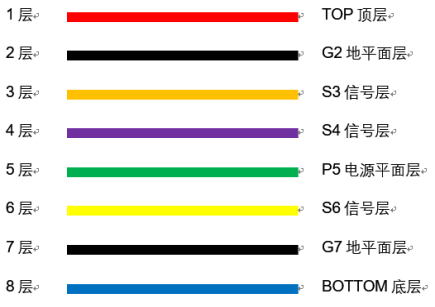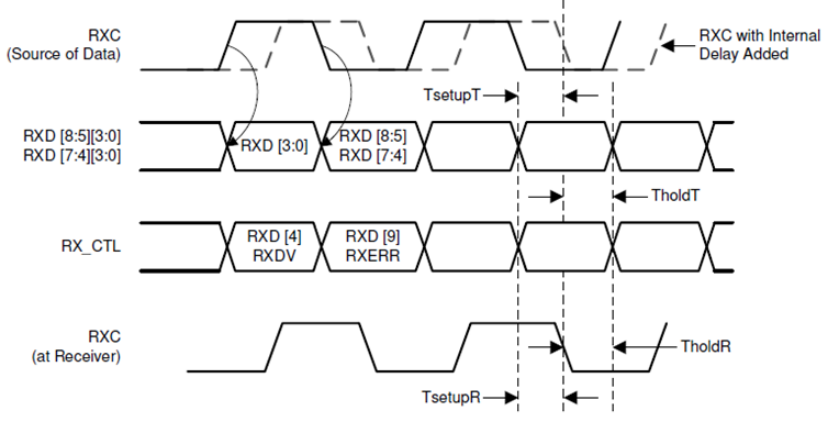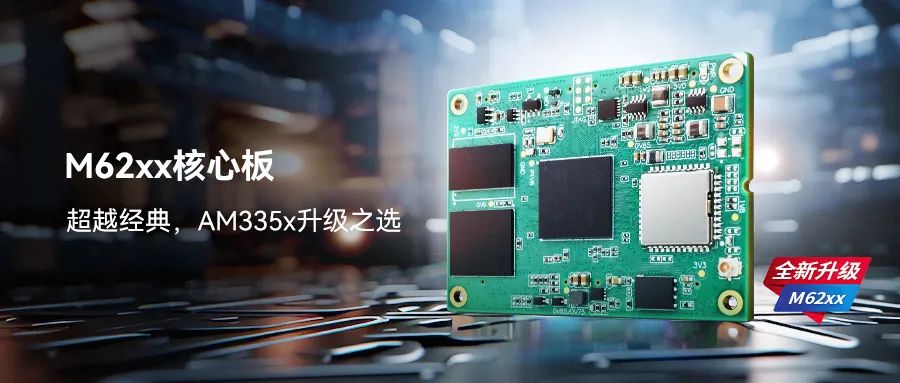Introduction
With the growing demand for networking, the issue of gigabit Ethernet speed has garnered significant attention. This article analyzes the low actual speed situation, detailing reasons such as poor wiring, and provides effective methods for improving speed and stability from both hardware aspects like equal-length wiring and impedance matching, as well as software debugging perspectives.




-
AM335x Upgrade Option
-
Dual Gigabit Ethernet
-
Three CAN FD Channels
-
Supports GPMC
Reference Price: Starting from 319 Yuan

Long press to purchase








